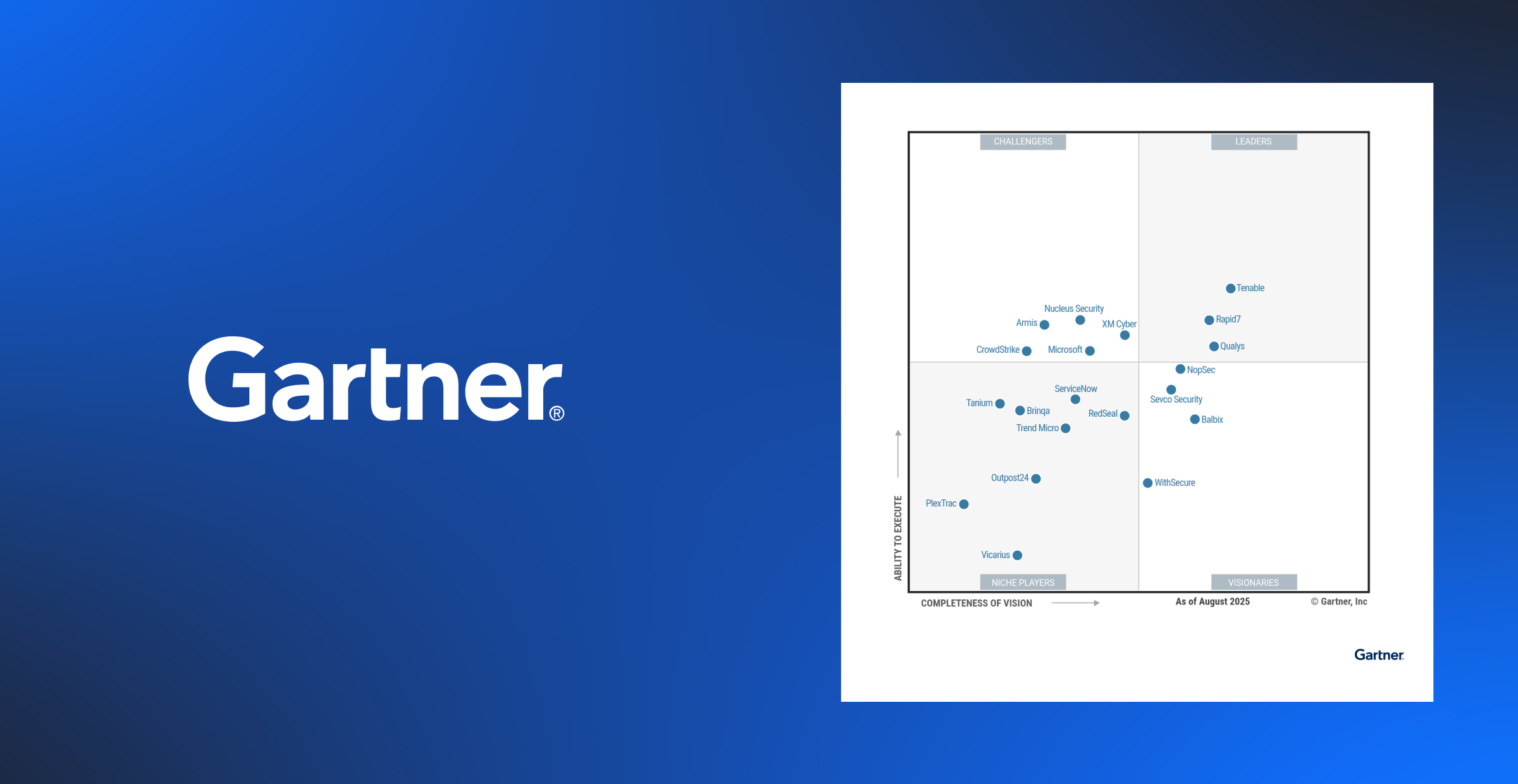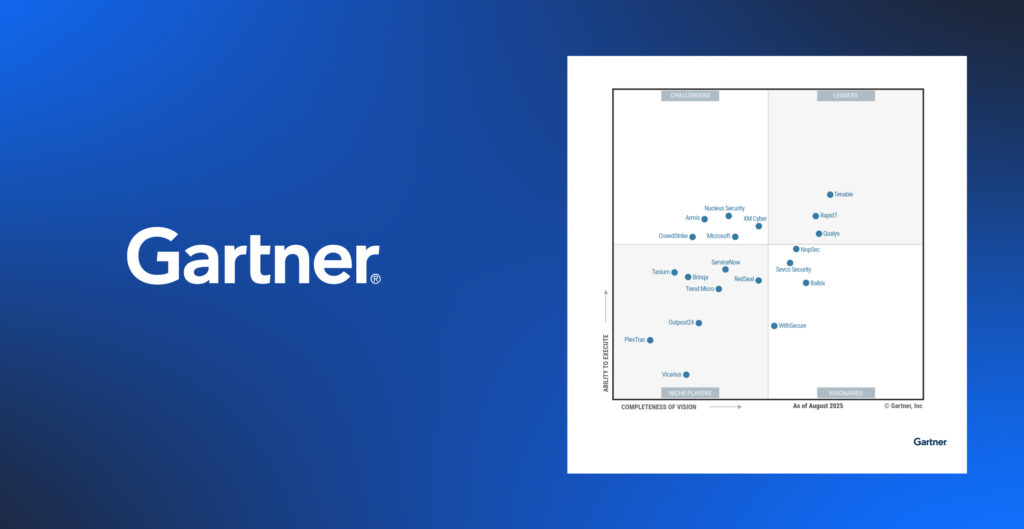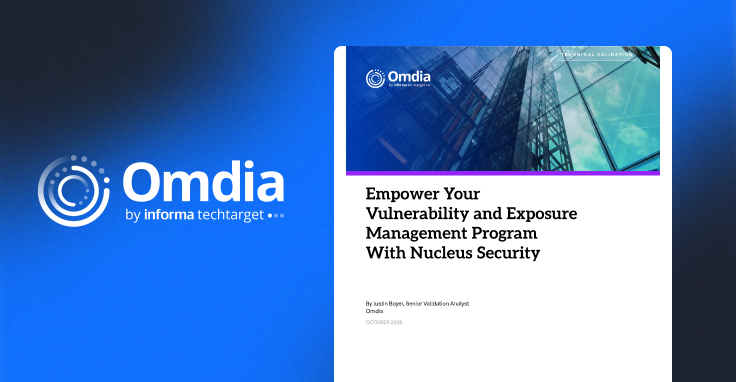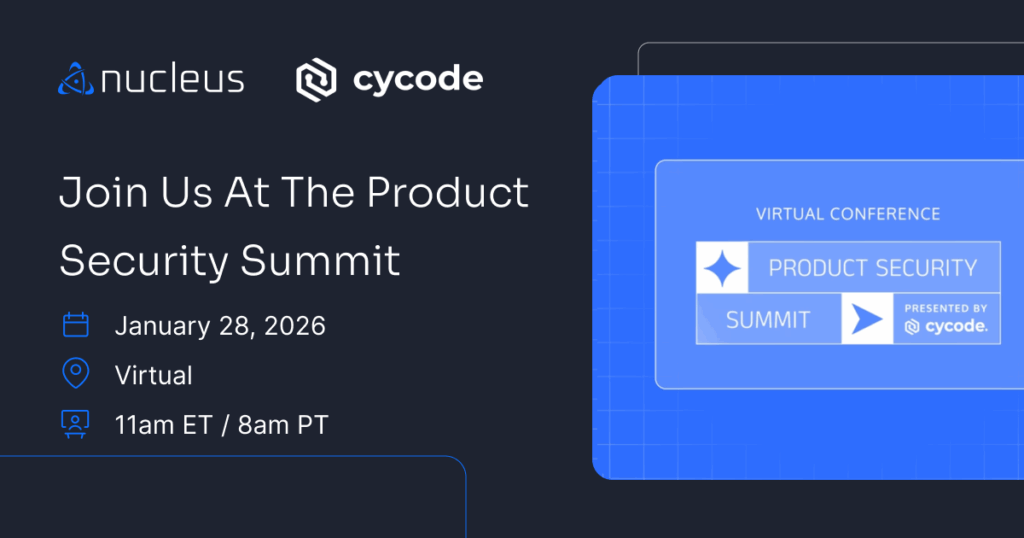Release Spotlight: Trends Page Upgrade and Bulk Data Export Functionality
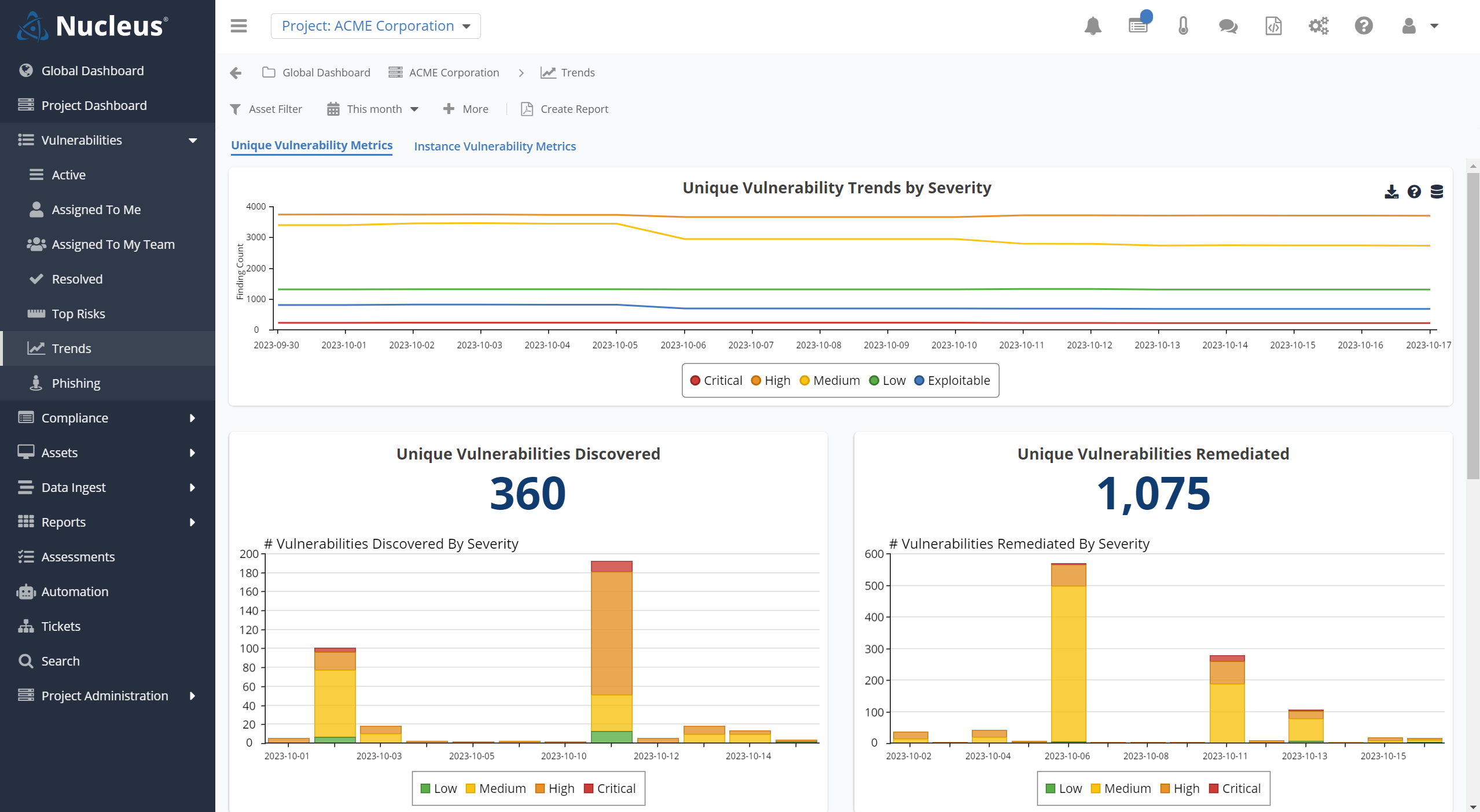
In vulnerability management (VM), the task of sifting through vast amounts of data to pinpoint critical insights can feel like searching for a needle in a haystack, specifically a haystack with many precious needles that all look alike. And, of course, the one needle you’re looking for is mission-critical and can mean the difference between securing your business and leaving it open to attack. To add to the confusion, VM practitioners often have different needs than their leaders when it comes to VM data analysis, and those different needs can be satisfied by different analytical approaches and tools.
In this post, we’ll discuss a few high-level needs for data analysis in VM programs, some recommendations for each, and highlight some new Nucleus product capabilities that can help.
Categories of Vulnerability Data Exploration
In VM programs, there are two general categories of vulnerability data exploration. The first revolves around executive-level reporting, providing high-level metrics that leaders rely on to assess the effectiveness of their VM programs. Some typical metrics in this category include mean time to remediation (MTTR), mean vulnerability age, or overall risk scores of organizations or subgroups, such as individual application teams.
The second broad category involves a detailed investigation of an organization’s vulnerability posture. This category may apply deep dives into specific categories of vulnerabilities owned by particular teams, compare current performance to benchmarks, or identify high-severity vulnerabilities across individual assets or asset categories.
Recommendations
The metrics a team chooses to track and evaluate depend heavily on an organization’s situation. In general, Nucleus recommends that our customers do whatever they can to reduce their risk from vulnerability exposure.
For some teams, a ‘top-down’ approach is the most effective way to do that. This involves establishing rigorous SLAs insisting, for example, that all vulnerabilities meeting some criteria be remediated in X days. Although organizations adopting this approach should think very carefully about what that criteria is in their context, this can be an effective approach for ensuring that the riskiest vulns are dealt with quickly. Of course, if this method is preferred, the people or teams owning an organization’s VM program will need ways of monitoring adherence to these policies easily and reliably.
Other organizations might take a more ‘bottoms-up’ approach, giving teams (departments, products, or even individual dev teams) ownership over decisions related to vulnerability management. They are given the authority to decide for themselves, for example, whether a specific vulnerability needs to be resolved immediately or whether the risk is acceptable to allow for some length of time. In these contexts, a risk score can help set broad expectations about tolerable levels of risk. Naturally, accountability is crucial to the success of this distributed model, so VM program owners will require tools for evaluating team performance over time.
Recent product enhancements that can help
Recently, Nucleus has released a few product capabilities that can help with VM data analysis. These are currently available in beta, so if you’re a current customer and would like to receive advanced access, contact support or your account representative today.
1. Trends Page Upgrade
These enhancements include a significant overhaul of the Trends Page, introducing three key highlights that enhance usability and provide invaluable insights into vulnerability data:
Redesigned Interface: The page has undergone a comprehensive redesign with user-friendliness at its core. Navigating through vulnerability data is now more intuitive than ever before.

New Widget — Historical View of Average Vulnerability Lifetime: This powerful addition offers a historical perspective on vulnerability remediation. It provides insights into time to remediation at different points in time and sheds light on the age of active vulnerabilities throughout history.
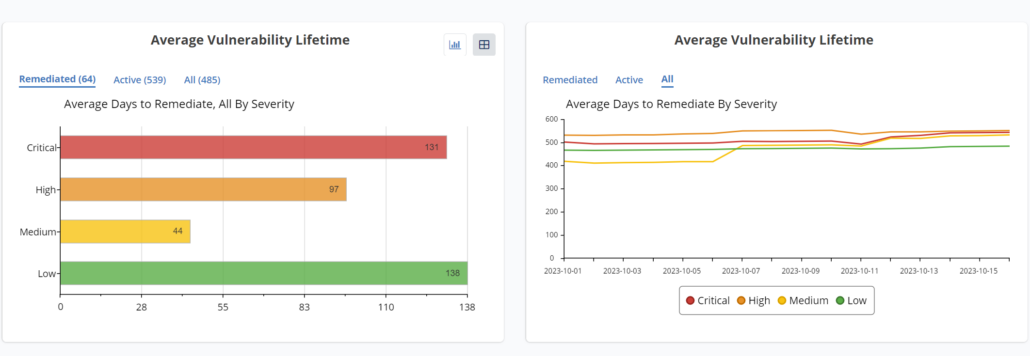
New Widget — Historical View of Risk Score: This widget offers a historical view of risk scores, enabling users to track changes in risk levels over time.

Bulk Data Export Functionality
Another recent enhancement is a game-changing bulk data export functionality, allowing Nucleus customers to obtain a formatted dump of their data with the push of a few buttons. With this treasure trove of information at their fingertips, users have unparalleled possibilities for reporting and visualizing vulnerability data in their preferred third-party or homegrown reporting tools, complementing the baseline reporting they already have access to in the Nucleus platform.
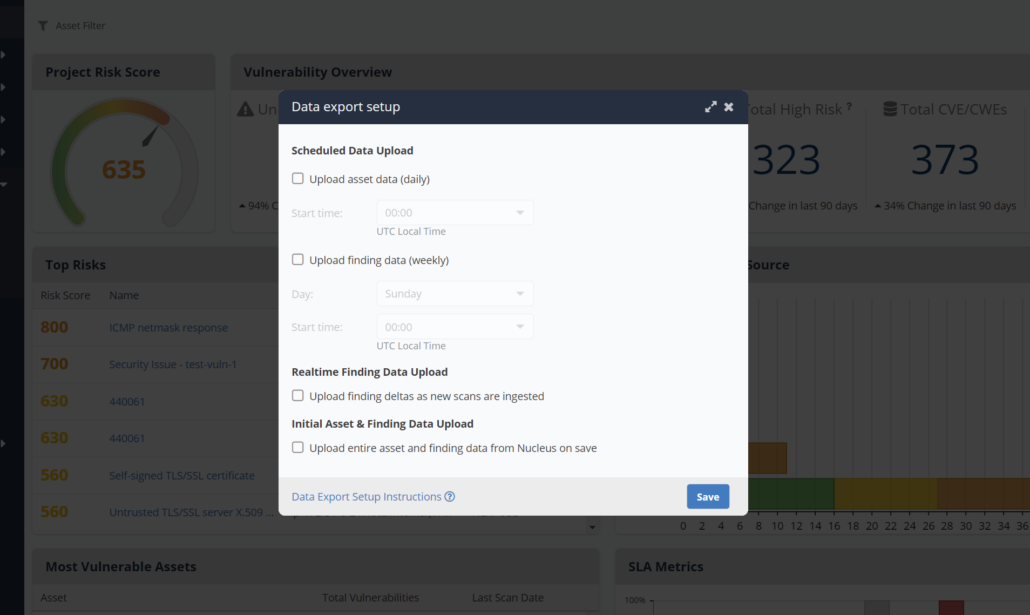
This new bulk data export functionality gives our customers more flexibility with their data. It removes the friction, cost, and effort previously needed to accomplish these same tasks via upload to AWS S3 buckets. At the core, Nucleus has always believed in providing our customers full access to all of their data in our platform, so this new enhancement allows us to further support this. Particularly at the enterprise level, many Nucleus customers value and prefer to build and customize their reports and dashboards externally. This ensures Nucleus data drives and supports their VM program and strategy in the most applicable ways for their unique situations.
Looking forward
Nucleus Security remains steadfast in its commitment to empowering its customers with the most advanced tools for vulnerability data analysis. As threats evolve, Nucleus Security will stand at the forefront, ensuring organizations have the capabilities to secure their digital landscapes effectively.
With the release of these cutting-edge capabilities, Nucleus Security has once again proven its dedication to providing top-tier solutions for vulnerability management. By offering unprecedented insights and streamlining data exploration, Nucleus Security equips organizations with the tools they need to navigate the ever-changing cybersecurity landscape. As the threat landscape evolves, Nucleus Security stands ready to lead the charge in safeguarding digital assets worldwide.
See Nucleus in Action
Discover how unified, risk-based automation can transform your vulnerability management.






